
Who wouldn't want this as their office? #applynow #plantscience #communication
27.08.2025 07:16 — 👍 2 🔁 0 💬 0 📌 0@openjii.bsky.social
The Jan IngenHousz Institute (JII) studies photosynthesis, and aims to improve agricultural productivity, sustainability, and climate resilience by exploring the potential for increasing photosynthesis efficiency. www.jii.org

Who wouldn't want this as their office? #applynow #plantscience #communication
27.08.2025 07:16 — 👍 2 🔁 0 💬 0 📌 0This is a chance to build something new, make science accessible, and put an institute with global impact on the map.
📍28–38 h/week, scale 11 (€4,537–€6,209) + holiday & year-end bonus
📅Apply by 14 Sept 2025
🔗https://www.jan-ingenhousz-institute.org/vacancies/science-communication-lead
As Science Communication Lead you’ll:
✨ Shape and execute JII’s communication strategy
✨ Turn complex science into clear stories for diverse audiences
✨ Lead media outreach, events, web & social content
✨ Work with partners to expand our communication capacity
#ScienceCommunication #CommsJobs
🌟We’re hiring: Science Communication Lead🌟
At Jan IngenHousz Institute (JII) in Wageningen, NL, we’re building a young research institute focused on improving #photosynthesis to secure future food production. Now we need your comms expertise to help us grow. Keep reading👇 #Hiring #OpenScience
📍 38 h/week, scale 10 salary (€3,378–€5,331) + holiday/year-end bonuses.
📅 Apply by 7 Sept 2025.
🔗 www.jan-ingenhousz-institute.org/vacancies/re...
#Postdoc #PlantScience #Photosynthesis #Hiring
What you will do: co-develop methods & sensors to measure photorespiration traits, uncover genetic mechanisms, and collaborate across biochemistry, physiology, engineering & data science.
14.08.2025 13:15 — 👍 0 🔁 0 💬 1 📌 0🌿 Seeking a Postdoc – Photorespiratory Potential at Jan IngenHousz Institute, Wageningen, NL. Join an international team enhancing #photosynthesis to improve crop resilience and productivity. Keep reading...👇
14.08.2025 13:15 — 👍 0 🔁 2 💬 1 📌 0💡 Both roles: competitive pay + holiday/year-end bonus. Join our international team improving the most important process on Earth.
📅 Apply by 7 Sept 2025 👉 jii.org/vacancies
#Photosynthesis #PlantScience #PhDOpportunity
🔬 Photosynthetic Electron Transport & Alternative Sinks (PEAS)
Investigate plant energy use via rapid photosynthesis measurements during CO₂ changes. Method dev + physiology training.
More info: www.jan-ingenhousz-institute.org/vacancies/re...
🔬 Genomic Selection for Photosynthesis (GSP)
Use quantitative genetics, physiology & high-throughput phenotyping to boost crop photosynthesis. Lit review + small experiments → your PhD proposal.
More info: www.jan-ingenhousz-institute.org/vacancies/re...
🌱 Kickstart your plant science career!
We’re offering 2 paid Research Trainee roles (Oct ‘25–Mar ‘26) at Jan IngenHousz Institute — 6 months to explore photosynthesis, gain hands-on skills, and prepare your own PhD proposal. Read on for more info👇

Read more about the project #REAP2SOW on the website of @w-u-r.bsky.social :
www.wur.nl/en/news-wur/...
"We are involved in photosynthesis measurements on the three protein crops involved - #lupin, #aardaker and #quinoa - so we will get the chance to apply our newly developed methods and equipment for the high-throughput screening of limitations of #photosynthesis," she concludes.
05.08.2025 14:19 — 👍 1 🔁 0 💬 1 📌 0Thekla: "It is pretty cool that it is such an interdisciplinary project, from plant science, agriculture all the way to consumer acceptance and societal impact. And so much more!"
05.08.2025 14:19 — 👍 0 🔁 0 💬 1 📌 0🥳 We're part of the newly funded project REAP2SOW! 🥳
Thekla von Bismarck is the lead scientist for this project at Jan IngenHousz Institute, and she is excited to start working on it:
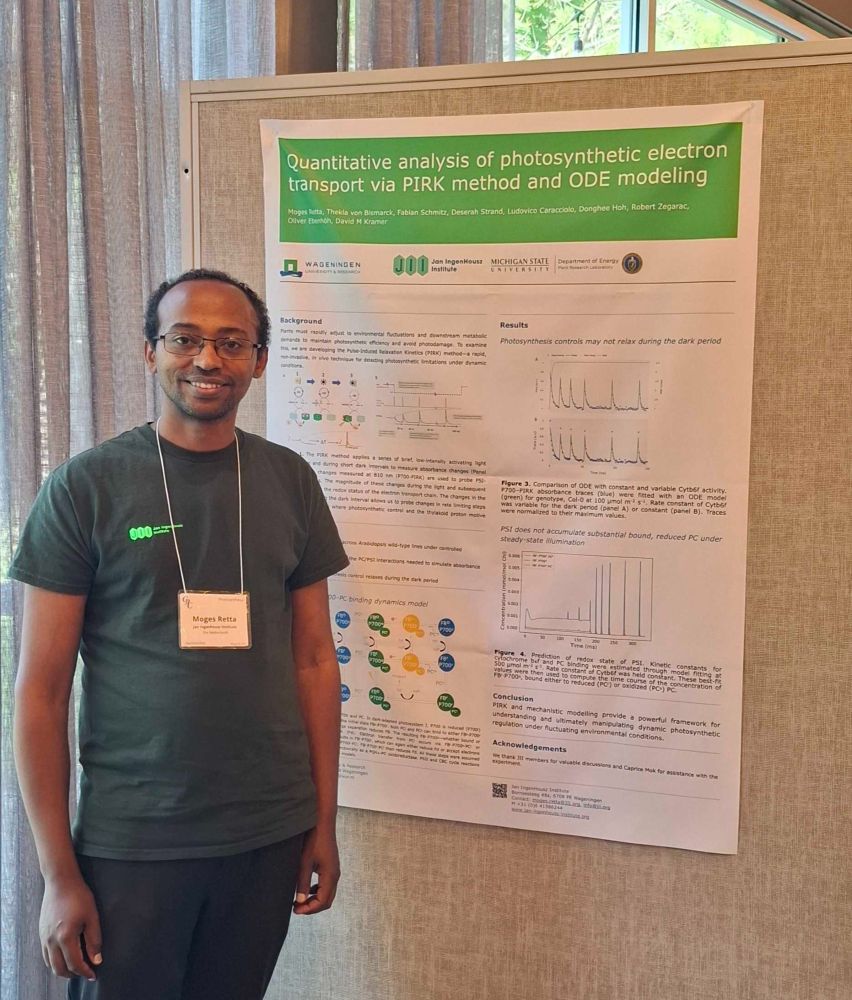
Who is at the Gordon Conference on #Photosynthesis? If you are, make sure to visit JII's Moges Retta at his poster on electron transport.
29.07.2025 11:27 — 👍 1 🔁 0 💬 0 📌 0We're looking for a postdoc! With a PhD in plant biology, biochemistry, biophysics, or a related field, to help us develop methods. 👇 See the link for full info.
#photosynthesis #research #jobopening #postdoc #sharingiscaring
www.jan-ingenhousz-institute.org/vacancies/po...
Luckily, those of us still in Wageningen are not left out; two of our amazing interns are wrapping up their projects this week and are presenting them today as well.
Congrats to Sophie Tolboom and Nikita Monteban!
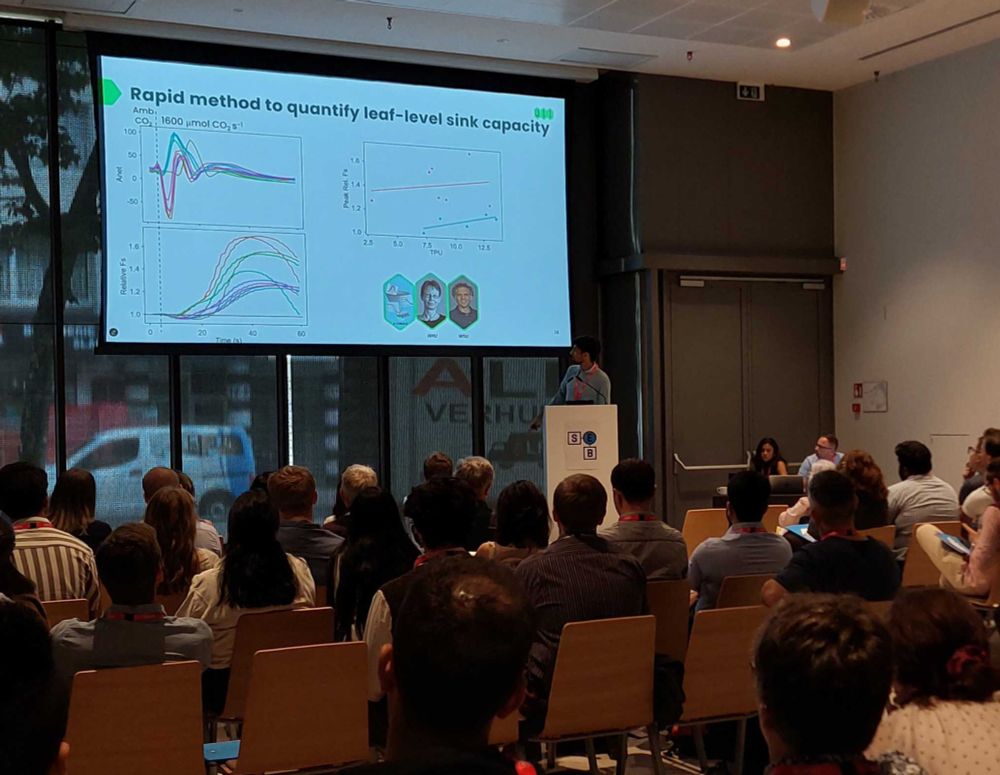
Also a special shoutout to Mauricio Tejera-Nueves, who is even celebrating his birthday while presenting at the #SEB2025. If you see him, congratulate him! 😜🍻
09.07.2025 09:55 — 👍 0 🔁 0 💬 1 📌 0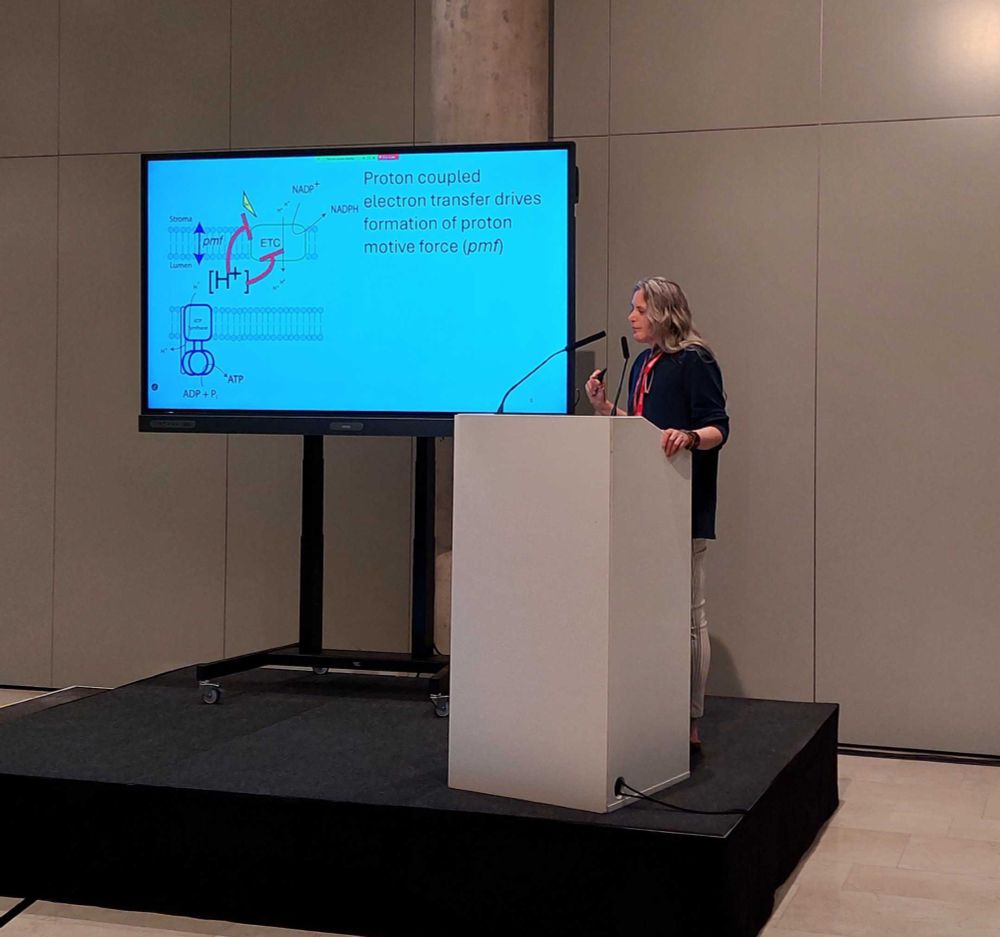
It's unusually quiet at the institute this week: everybody seems to be in #Antwerp for the SEB conference! #Photosynthesis is well-represented with sessions by Dezra Strand (photo), Juanita Solin and Tom Theeuwen. #SEB2025 @sebiology.bsky.social
09.07.2025 09:55 — 👍 1 🔁 1 💬 1 📌 0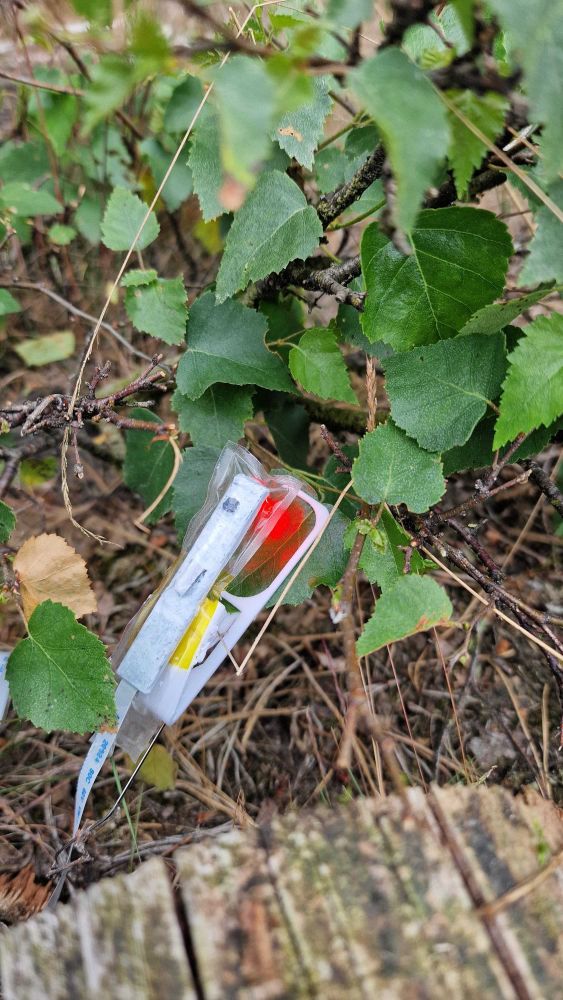
Thanks to the technical expertise of Ludovico and others at JII – Atsuko Kanazawa – and Jingcheng Huang, Robert Zegarac and team at partner organization @michiganstateu.bsky.social, we can quickly iterate and improve on the sensors and test them out. We’re looking forward to seeing the results!
01.07.2025 10:05 — 👍 0 🔁 0 💬 0 📌 0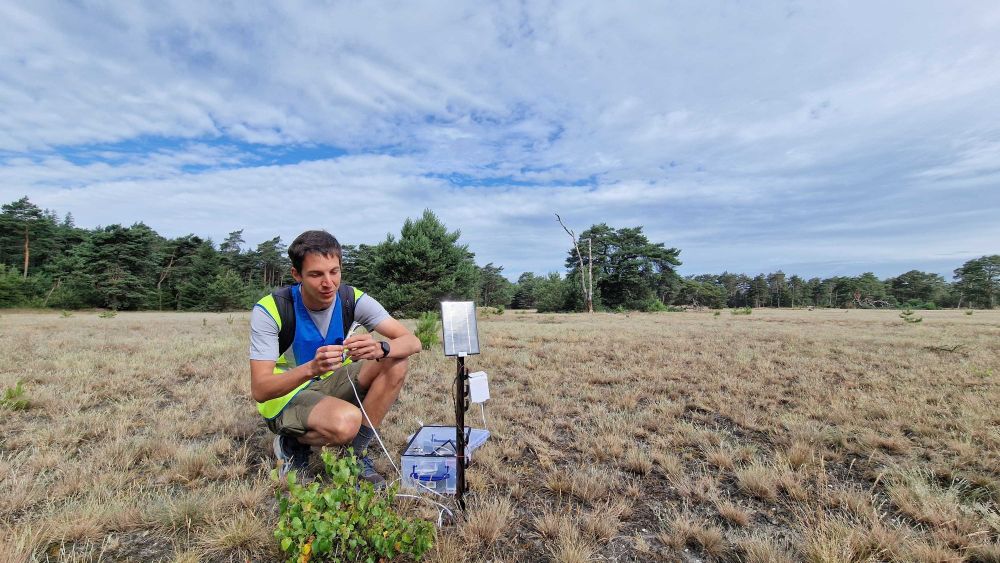
Ludovico placed two sensors: one in the full sun with a solar panel, and one in a shady area on batteries. Over the coming months, he will check how they are doing and add more sensors as they become available.
01.07.2025 10:05 — 👍 0 🔁 0 💬 1 📌 0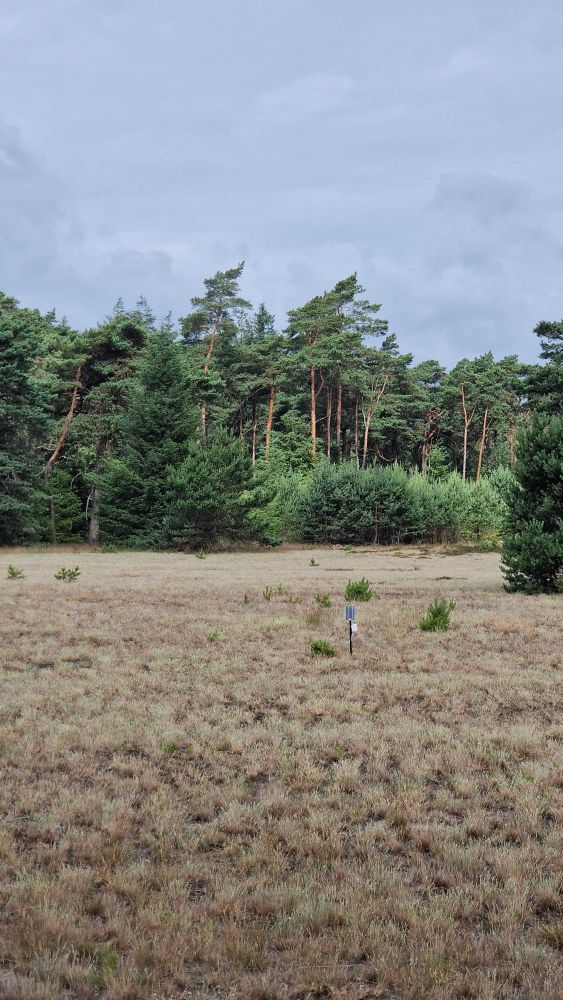
“This is a great location for a test run with these sensors,” Ludovico says, “because it’s actually quite desert-like. It can get over 50 °C here on some days! A perfect place to see if plants react to high temperatures similar to those in Australia, where we want to set up bigger experiments.”
01.07.2025 10:05 — 👍 0 🔁 0 💬 1 📌 0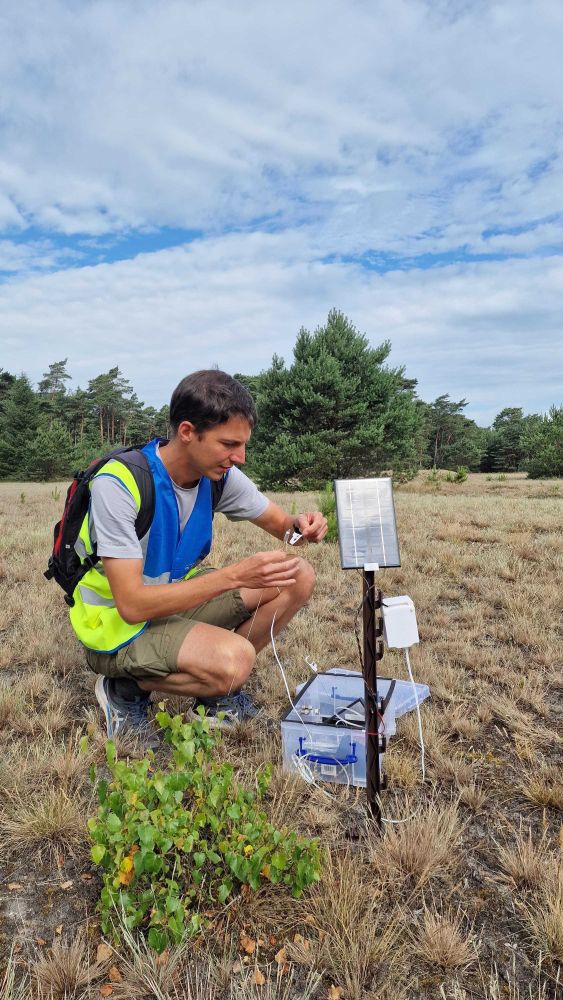
JII Research fellow Ludovico Caracciolo has been one of the people working on the ‘Ambit’ sensor, and here we see him placing one of the sensors in an area within the Hoge Veluwe that is known to be very dry and hot. #hogeveluwe
01.07.2025 10:05 — 👍 0 🔁 0 💬 1 📌 0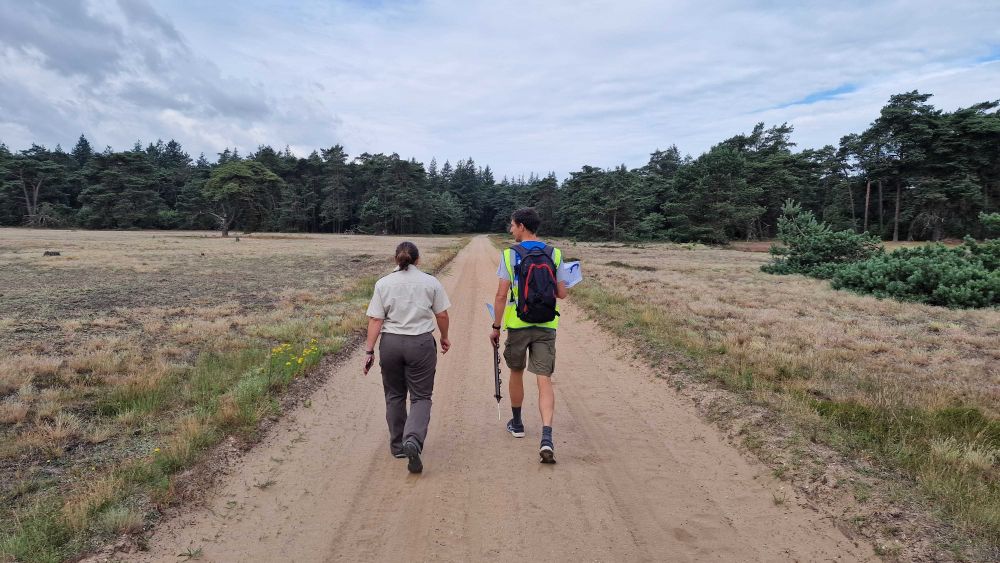
To really understand #photosynthesis, we need to capture those changes by measuring plants continuously. That’s why we’re working on a #sensor that can remain in the field. And this week we’ve started the first tests during hot weather, at National Park De Hoge Veluwe in the Netherlands.
01.07.2025 10:05 — 👍 0 🔁 0 💬 1 📌 0Such a hot day here in the Netherlands! ☀️
We all adapt quickly when the weather turns. When it starts to drizzle, we put on our rain gear; when the sun comes out, we put on our 😎. This is not surprising. But plants do this too! They adapt their photosynthesis, and they do this within seconds. >>
The Jan IngenHousz Institute is an independent research institute aimed at understanding the limitations of #photosynthesis, in order to drive the improvement of #crops and sustainable #agriculture. To achieve this, we develop and use innovative and #openscience instruments.
18.06.2025 08:29 — 👍 0 🔁 0 💬 0 📌 0Or read the full paper here: nph.onlinelibrary.wiley.com/doi/10.1111/...
18.06.2025 08:29 — 👍 0 🔁 0 💬 1 📌 0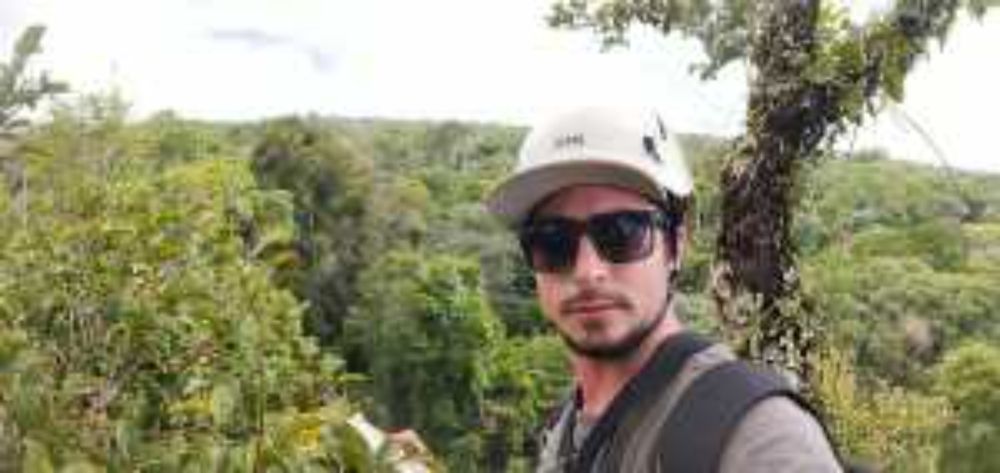
Read the full story on the website of MSU: www.canr.msu.edu/news/amazon-...
18.06.2025 08:29 — 👍 0 🔁 0 💬 1 📌 0“Leonardo’s work is a great example of the principles on which the Jan IngenHousz Institute is founded: the power of making the tools of science, and the data and knowledge they produce, open and shared,” Kramer adds.
18.06.2025 08:29 — 👍 0 🔁 0 💬 1 📌 0